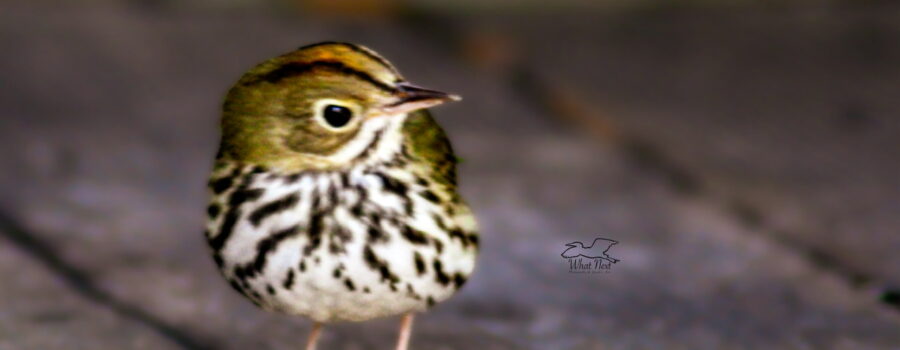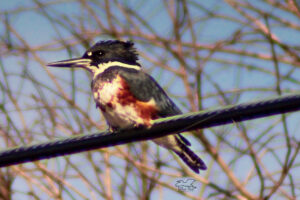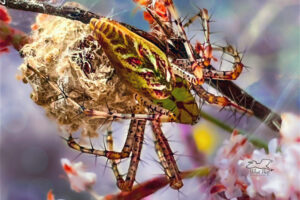This Beautiful Little Oven Bird is One of Our Winter Visitors

This winter has definitely been an interesting one for seeing winter migrant birds. I already posted about the little house wren that showed up here for a few days. She has since moved on, but it was really cool to get to see her. There has also been an oven bird (Seiurus aurocapilla) that seems to have made this property her winter home. She’s been here since late September and I see her pretty much every day that I sit outside watching the birds. She tends to be pretty shy, and spends most of her time in the underbrush, but she does sometimes come out in the open to eat a few seeds or to clean up dropped suet crumbs that the Carolina wrens have left behind. It’s quite enjoyable watching her (and I don’t really know that it’s a she since these birds aren’t sexually dimorphic) hopping around in the brush or under the porch hunting for insects. There appear to be plenty as they support her and quite a few wrens.

Oven birds breed in the mid-Atlantic states and northwards well into Canada. They usually winter in Mexico, Central America, and northern South America as well as in the Caribbean and Florida. They are members of the warbler family (Parulidae), but are the only species in their genus. They are highly territorial in both their summer and winter ranges. In the summer they live in old growth hardwood forests that have minimal underbrush, but plenty of leaf cover on the ground. They feed on caterpillars, beetles, larvae, flies, and other insects. Most of these they catch in the leaf litter, but they will also catch insects in flight. They need a pretty large territory to support themselves and their young, so one thing that is not good for them is forest fragmentation. Males tend to leave the winter grounds first and establish territories. The females leave about a month later and choose mates based on the quality of their territories. Once mated, female oven birds build a round, woven nest with a side entrance. The nests resemble outdoor bread ovens, and have given the birds their common name.

After the breeding season the pair go their separate ways, and males head to the winter grounds. The females leave a few weeks later, and the young about a month after that. While down here, oven birds are less particular about their habitat, and can be found in a number of places, most of which have moderate underbrush and heavy leaf litter. They are also less particular about their diets, too. They still eat mainly insects, but will also eat fruit, seeds, and suet. I’ve enjoyed having this little winter visitor, and I will miss her when she heads back north. If she makes it through another year, perhaps she will be back again next fall.





Recent Comments